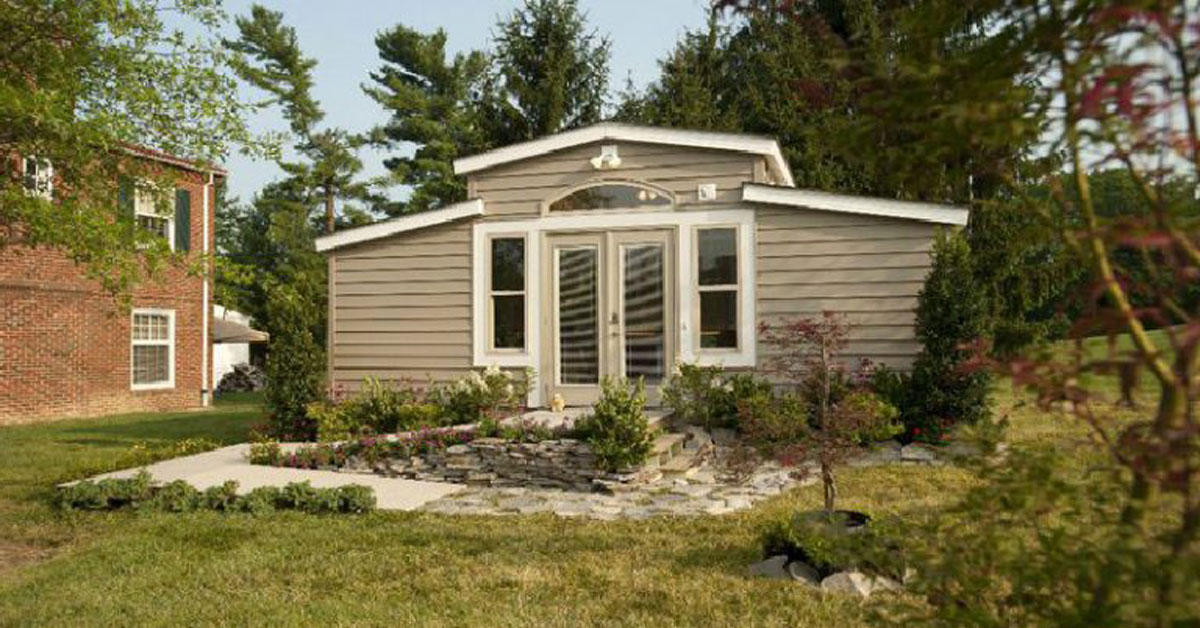Thirty million American households provide some form of caregiving for adults over the age of fifty.[1] Like many of you, I currently take care of my parent with the help of two other family members. If you don’t already, then chances are you will in the near future.
Do you find it stressful? Sometimes. Is it better than putting them in a nursing home? Evidence suggests yes. Understandably, not everyone can accommodate their parents to the degree that they want to. In other cases, unfortunately, some children will opt immediately for nursing homes.
Nursing Home and Senior Statistics
Shocking Nursing Home Statistics:
- Over 40% of residents have reported abuse and more than 90% of them reported incidents of neglect.
- A 2010 study showed that up to half of all nursing home caregivers admitted to elderly abuse and neglect.
- Of all Certified Nursing Assistant’s, half admit to having verbally abused, yelled at, and used foul language with senior residents.[2]
In 2014, Centers for Disease Control (CDC) reported that the US had 15,600 nursing homes and about 1.7 million licensed beds.[3]
Now consider the fact that by 2030, one in five Americans will be over the age of sixty-five, which is equivalent to seventy million people.[4]
What this means is that the rapidly increasing senior population far outweighs the facilities and resources that will (or won’t) be available to them.
AARP did a study in 2015 and revealed that 90% of seniors preferred to age in their own homes. Interestingly, only 4% of those seniors prefer moving to a relative’s home. But whether they can live independently depends on their quality of health and available housing features.
Many seniors value safety features such as of non-slip floors (80%), bathroom grab bars (79%), emergency alert systems (79%), entrance ramps (77%), and wider doorways (65%) to list some. Sadly, most senior homes do not include a lot of these safety features.[6]
Enter MEDCottage, the creator of “Granny Pods.”
Why You Should Choose “Granny Pods”
What is MEDCottage?
Reverend Kenneth Dupin began MEDCottatge in response to the reality that seniors have very few options when it comes to deciding where and how they will spend their golden years.[6]
At some point, every senior has to make a choice when living alone starts to become more of a danger than a comfort. Reverend Dupin understood this went on to design a two-fold solution:
- Seniors can keep their dignity and autonomy for however long they physically and mentally can.
- Families can efficiently and practically care for their parents in a way that keeps them close without breaking the bank.
What are “Granny Pods?”
Granny Pods are temporary and mobile structures that are designed to make the rest of your parents’ lives safe and with loved ones.
MEDCottage offers three types of Granny Pods – Cottage, Classic, and Grand – that are all about twelve by twenty-four feet and hook up to the existing property’s plumbing and electrical. Country Living magazine described them as “a bungalow from the outside, and a nice hotel suite on the inside with room for a bed, living room space, kitchenette, and bathroom.”[7]
Each of these homes is senior-friendly, accessible, and can be modified to accommodate the individual you’re helping. Some safety features include things like pill dispensers to webcams and padded floors to vital sign monitors that alert you (the caregiver) if anything is wrong.[8]
All of this sounds good, but how much does it all cost?
As of 2010, the US Department of Health and Human Services reported that some average costs of long-term care for semi-private and private rooms ranged anywhere between $205 and $230 per day, or $6,235 and $6,965 per month.[9]
Your other option (and what seems to be your best one) is the Granny Pod. Setting one of these up for your parent in the comfort and safety of your backyard starts at $85,000 and goes up to $125,000.[10]
This figure may seem large at first, but in the long run, you and your family come out ahead. Together.
Sources
- ‘Nursing Home Abuse Statistics’ Nursing Home Abuse Guide
- ‘Nursing Home Care’ CDC

